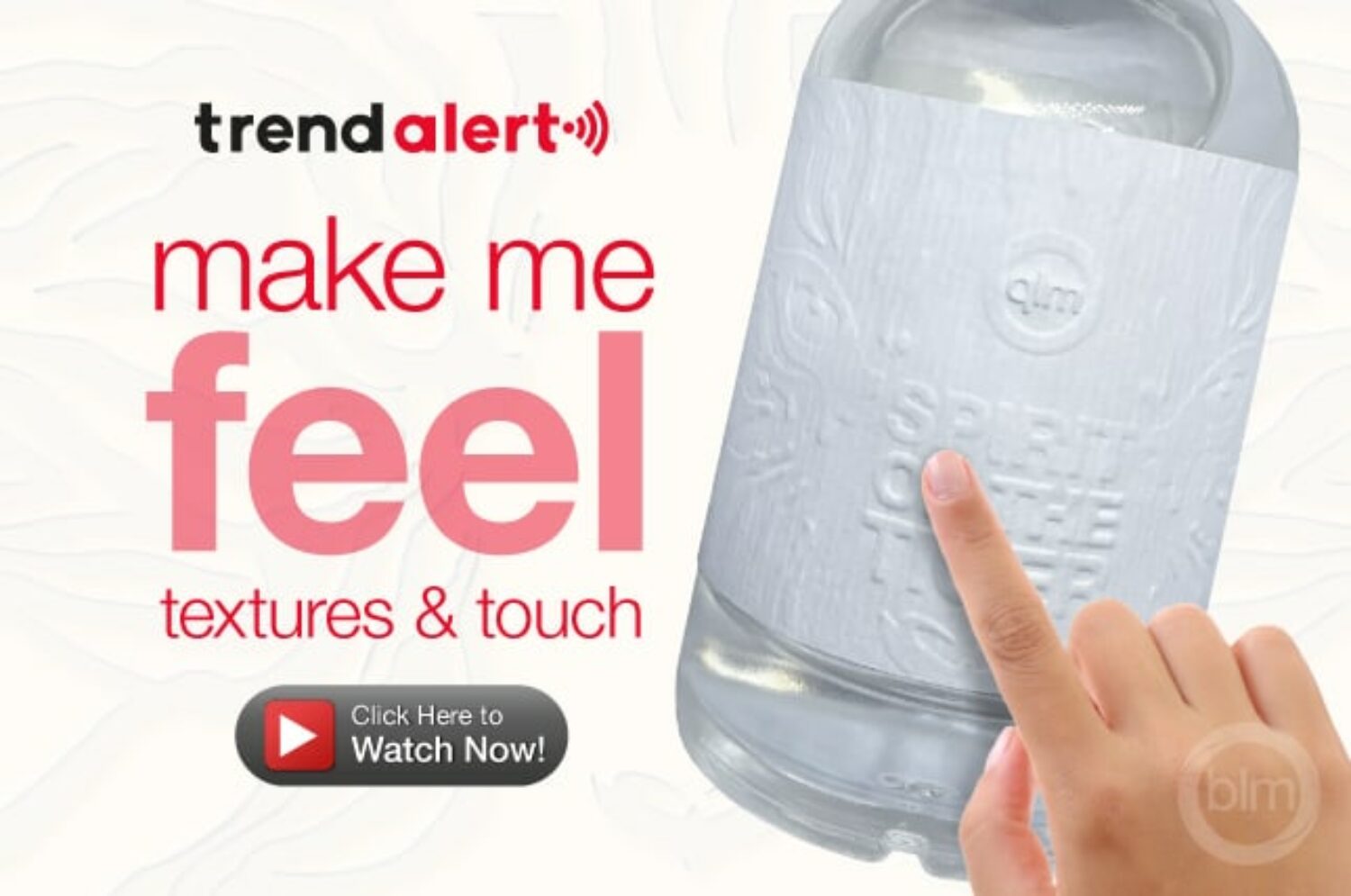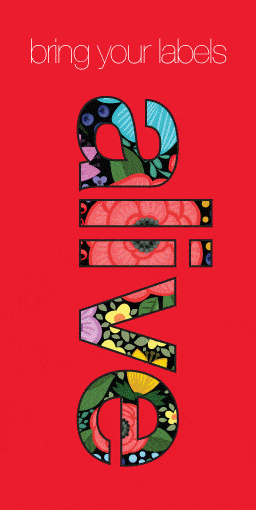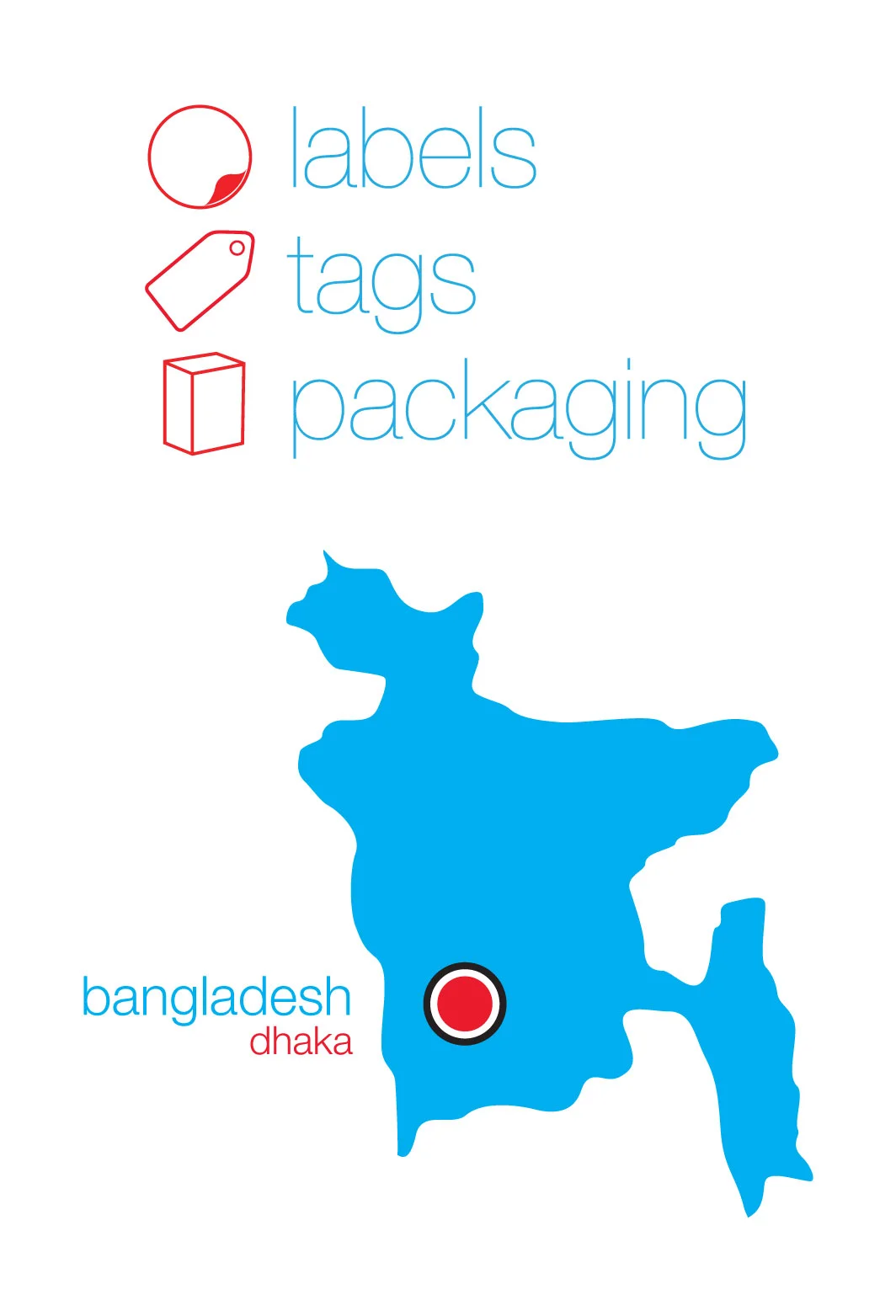The best way to achieve an extra dimension with products through labels and packaging is by using texture & engaging the sense of touch.
A consideration for labels & packaging that often gets overlooked is that of texture or ‘feel’. So much attention is paid to the visual aspect of design, that the touch sensation is often not considered at all, or left until the end.
A growing number of brands are starting to see real benefit by engaging the sense of touch. Mostly this is being done in a sensory mode, however clever designers are also simulating the effect of texture where it is not practical to use real texture elements.
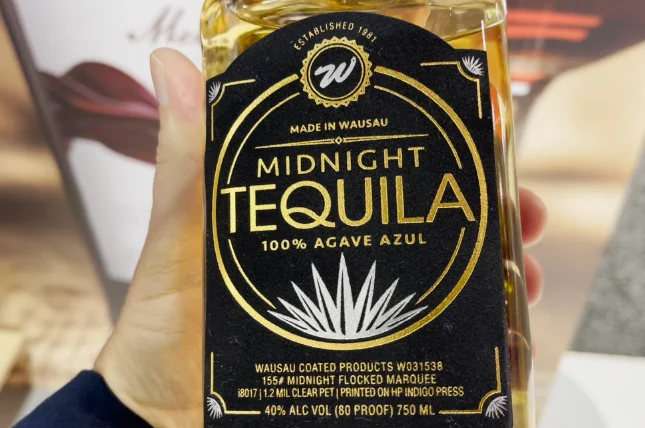
Source: Wausau Coated
The best examples though actually use the tactile nature of texture and touch to generate a ‘feel’ or ‘feeling’. Customers LOVE to pick things up, to handle them and to get a ‘feel’ for the product. Ones that do it well will create responses like “ooh it feels expensive” or “it feels so nice” and the process of running your hands over textural elements creates a very visceral response. And it is these inward feelings that appeal to emotion rather than intellect that can create brand allegiance at a very subconscious level.
how do you achieve the sense of texture & touch with labels & packaging
| embossing & debossing | ||
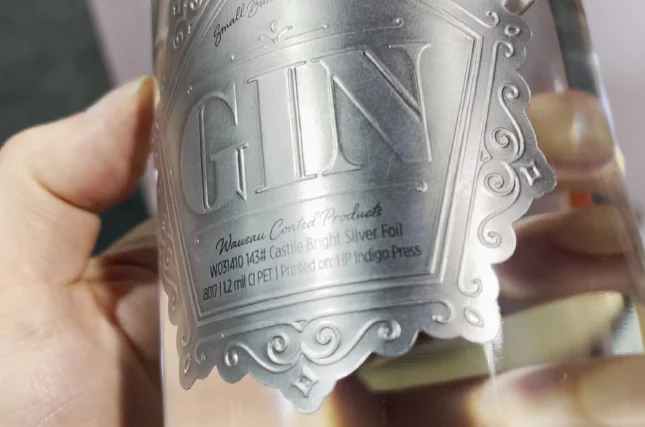 Source: Wausau Coated | ||
| Embossing and debossing is one of the easiest and most effective ways to create the dimension of texture. Embossing lifts the design element out from the base, while debossing lowers the design element below the base of the material. Effective use of this embellishment technique can bring an elegance or refinement to a brand or design. This is often achieved by placing the emboss under printed text or design elements, but can also be highly effective using a ‘blind embossing’ technique – where there is no print and the design itself is embossed to create a contrasting 3D effect. Be aware that embossing by its very nature on labels is reducing the surface area for adhesion and debossing is only an option on non-adhesive cartons or card. |
| textured materials | ||
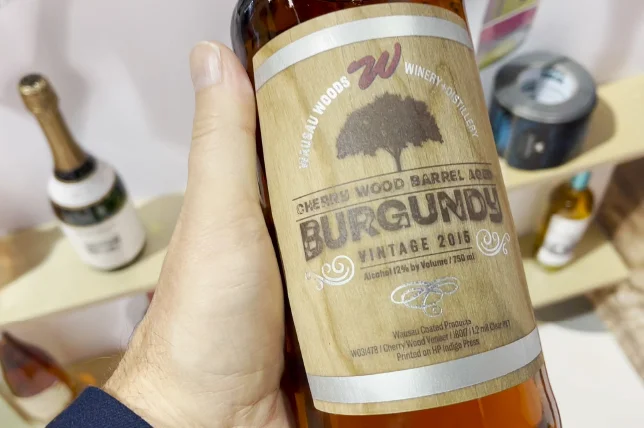 Source: Wausau Coated | ||
| Wines and spirits have been using textured materials over the last century. The vertical lines of many traditional wine label materials have now given rise to a whole new generation of textured materials. So why are they becoming so popular? Textured materials by their very definition give an earthiness and tactile feel to the products they are on. The texture itself becomes part of the way that light reflects on the products and it is this difference that entices the viewer to want to engage with the product. The array of sensations that are now available through different textures can generate a different and often unique ‘feel’ to other products, creating differentiation and brand identity that both creates emotion and separates products from competitors. They are inherently harder to print on and often give a ‘grainy’ effect, so where possible include that in the design considerations. Check out some of these amazing examples being shown here at Label Expo Americas. |
| laminates & varnishes | ||
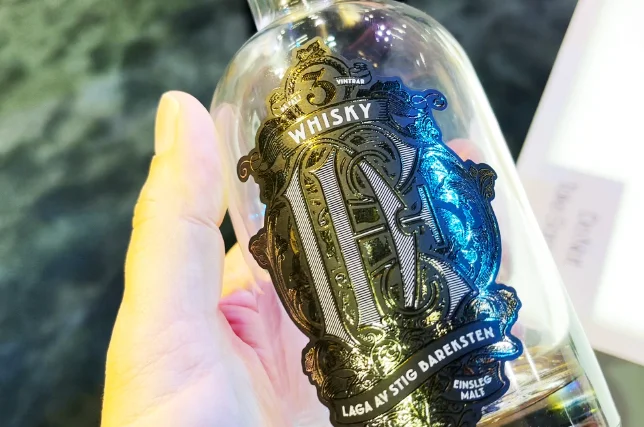 Source: HP Indigo LabelExpo Americas | ||
| Laminates and varnishes are often used for a ‘tacky’ sensation. By tacky, we don’t mean showing poor taste or quality, in fact we mean the opposite: it is the tactile feel that varnishes and laminates create that makes it stand out from the rest. High build varnish and spot varnishes create contrasts of texture and light to encourage product interaction. Velvet or soft touch laminates and varnishes are more common in labels and packaging now (having featured on book covers for years) as the pricing becomes more economical. There is also a lustrous feel that textural variation can create to give the consumer something to emotionally connect with. It has links to the way we engage senses as children with the different textures that are encountered and can stimulate positive emotional connections to the past. |
How something makes you feel is a combination of senses and how they interact with each other to create colour, movement and evoke feelings. There are other ways to create ‘feeling’, let us know in the comments if you have any suggestions or great examples that we can share.

